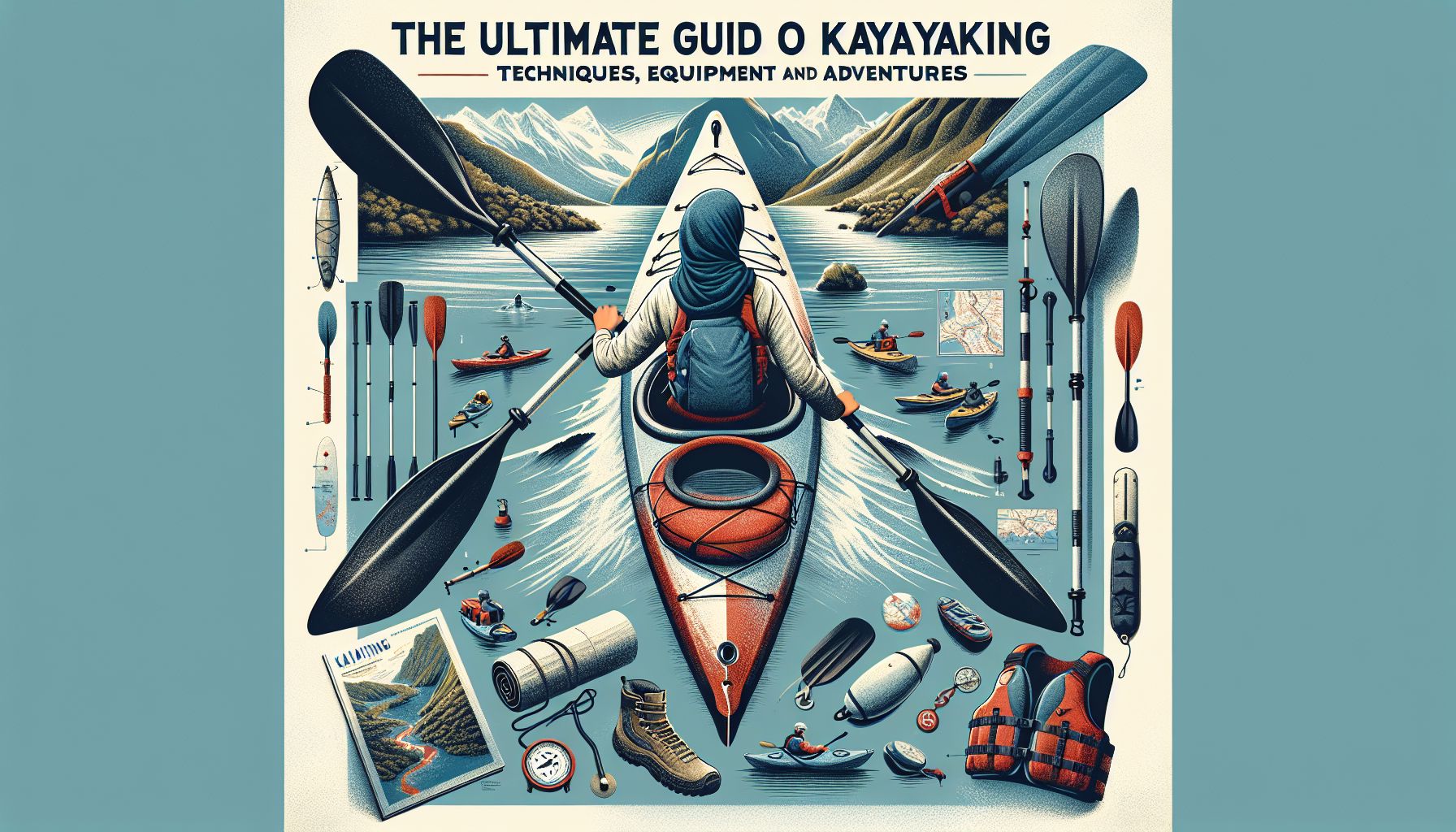Kayaking is a versatile water sport that combines adventure, serenity, and physical challenge. Whether meandering through calm lakes, navigating white-water rivers, or exploring coastal inlets, kayaking offers something for every enthusiast. In this comprehensive guide, we explore the ins and outs of kayaking, including essential techniques, necessary equipment, and the various forms of kayaking you can enjoy. Grab your paddle as we dive into the world of kayaking.
Understanding Kayaking
Kayaking has a rich history, with its origins tracing back to the Inuit, Aleut, and Yup’ik people of the Arctic, who used kayaks primarily for hunting. Today, it is a popular recreational activity with multiple disciplines, from serene river paddling to adrenaline-fueled white-water challenges.
Types of Kayaking
- Recreational Kayaking: Great for beginners and those looking for a relaxed experience on calm waters.
- Sea Kayaking: Involves longer trips on the ocean or large lakes, often used for touring.
- White-Water Kayaking: This high-adrenaline form involves navigating rapid rivers with varying degrees of difficulty.
- Surf Kayaking: Combines elements of surfing and kayaking, executing maneuvers on ocean waves.
- Touring Kayaking: Focuses on longer distance travel, often involving camping and sightseeing.
- Racing Kayaking: Competitive kayaking, which includes sprint races and marathons.
Kayaking Equipment
Before you hit the water, it’s crucial to have the right gear. Here’s a breakdown:
- Kayak: Choose from recreational, sit-on-top, inflatable, touring, or white-water kayaks, based on your intended use.
- Paddle: Factors like your height and the width of your kayak will determine the right paddle length.
- Personal Flotation Device (PFD): Always wear a properly fitting lifejacket while kayaking.
- Spray Skirt (optional): This accessory keeps water out of your kayak in choppy conditions.
- Helmet: Necessary for white-water kayaking and other high-impact activities.
- Dry Bag: Keep your belongings dry while out on the water.
- Wetsuit or Drysuit: Depending on the water temperature, proper attire can keep you warm and safe.
Fundamental Kayaking Techniques
Whether you’re a novice or an experienced paddler, mastering the basics is crucial for an enjoyable and safe kayaking experience.
Paddling Basics
- Forward Stroke: The most common stroke for moving forward. Hold the paddle with both hands just over shoulder-width apart and alternate pushing and pulling on each side.
- Reverse Stroke: Used to slow down or move backward. The motion is the opposite of the forward stroke.
- Sweep Stroke: This stroke turns the kayak. For a wide arc turn, sweep the paddle in a wide arc on one side of the kayak.
- Draw Stroke: Draws the kayak sideways. Place the paddle vertically in the water next to your kayak and pull towards yourself.
Safety Tips
- Always check the weather and water conditions before embarking on a kayak trip.
- Know your skill level and do not attempt waters that are beyond your capability.
- Always kayak with a buddy for increased safety.
- Be aware of local wildlife and tides, especially when sea kayaking.
Kayaking Adventures
- National Parks: Many national parks offer unmatched kayaking experiences with stunning vistas.
- Kayaking Tours: Guided tours can provide insider knowledge and increased safety.
- White-Water Kayaking Courses: Learn the ropes of navigating rapids from expert instructors.
- Bioluminescent Kayaking: Paddle through waters that light up with bioluminescent organisms at night.
Caring for Your Kayak
Ensure the longevity of your kayak through proper maintenance:
- Cleaning: Rinse your kayak with freshwater after each use, especially if you’ve paddled in saltwater.
- Storage: Keep your kayak out of direct sunlight and store it in a cool, dry place.
- Repairs: Check for damage and make repairs promptly to avoid further wear.
The Health Benefits of Kayaking
Kayaking is more than just recreation; it offers significant health benefits:
- Cardiovascular fitness: The continuous movement of paddling increases heart rate and blood flow.
- Muscle Strengthening: Paddling engages multiple muscle groups, especially the back, arms, shoulders, and chest.
- Mental Wellness: Being outdoors and on the water reduces stress and promotes mental well-being.
Kayaking Resources
- American Canoe Association: Offers resources on paddlesports, including education and stewardship programs.
- Paddling Magazine: Provides reviews, techniques, and stories for paddling enthusiasts.
- British Canoeing: Resource for paddlesport events, education, and community in the UK.
In conclusion, kayaking is more than just a way to traverse the water; it’s an opportunity to engage with nature, challenge yourself, and unwind from the stresses of everyday life. With the right preparation, knowledge, and respect for the sport, kayaking can offer countless adventures. Whether you’re enjoying a sunset paddle on a serene lake or tackling the roaring rapids of a river, kayaking truly has something to offer everyone. Grab a paddle and embrace the journey on the water.
